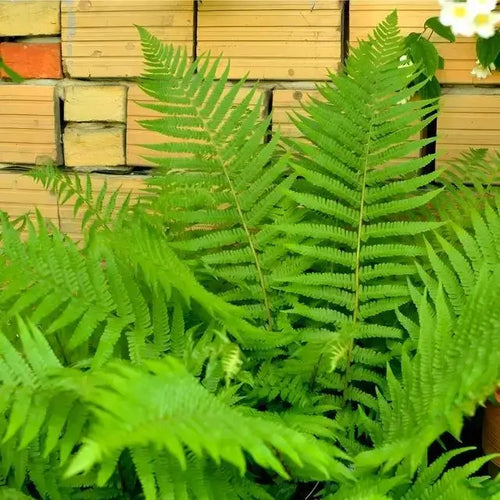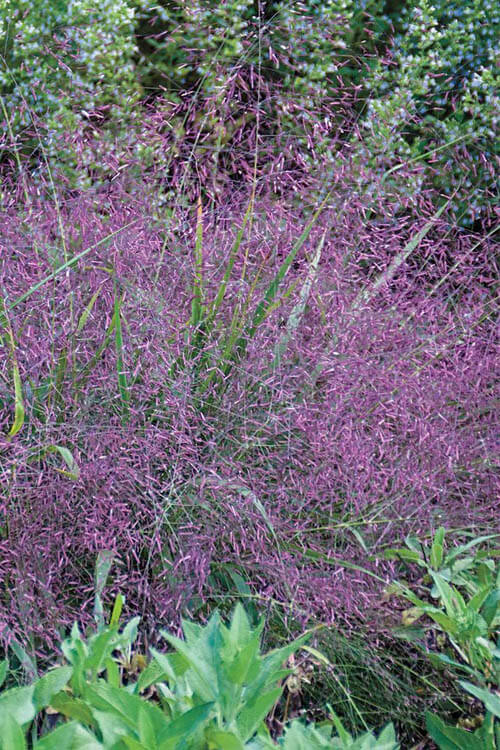Caring for native ferns can be a rewarding experience
These plants have been around for millions of years and can add a touch of natural beauty to any garden or landscape. Native ferns are typically adapted to the local environment, making them relatively low-maintenance.
However, they still require proper care to thrive and reach their full potential. This guide will explore the critical aspects of caring for native ferns, including their ideal growing conditions, watering needs, soil requirements, pruning techniques, and common pests and diseases. Let's delve into the fascinating world of native fern care!
I. Understanding Native Ferns Before we jump into caring for native ferns, we must have a basic understanding of these unique plants. Ferns are non-flowering plants that reproduce through spores rather than seeds. They belong to the botanical group known as Pteridophytes, which includes over 12,000 different species.
Native ferns can be found in various habitats, from woodlands to meadows and aquatic environments. They come in multiple shapes and sizes, ranging from delicate, lacy fronds to large, sturdy fronds. Some popular native fern species include the Maidenhair fern (Adiantum spp.), Lady fern (Athyrium filix-femina), and Ostrich fern (Matteuccia struthiopteris).
II. Ideal Growing Conditions Native ferns prefer shady and moist environments similar to their natural habitats. When selecting a location for your ferns, consider the following factors:
Light: Most ferns thrive in partial to full shade. Bypass placing them in direct sunlight, which can scorch their delicate fronds. However, some fern species can tolerate more sunlight with ample moisture.
Temperature: Native ferns have varying temperature preferences. Some prefer more excellent conditions, while others can tolerate warmer temperatures. Research the specific fern species to determine its temperature range and choose a suitable location.
Humidity: Ferns thrive in humid environments. If your area has low humidity, consider misting or placing a tray of water near the ferns to increase moisture levels around them.
III. Watering Needs Proper watering is crucial for the health and vitality of native ferns. Here are some guidelines to follow:
Moisture Levels: Ferns prefer consistently moist soil but not soggy conditions. Regularly check the soil's moisture levels by inserting your finger about an inch deep. If it feels dry, it's time to water.
Watering Frequency: Watering frequency depends on temperature, humidity, and soil type. Generally, water your ferns when the top inch of soil becomes slightly dry. Avoid allowing the soil to dry out thoroughly between watering sessions.
Watering Techniques: Instead of watering from above, which can damage the delicate fronds, water ferns at their base.
IV. Soil Requirements Native ferns thrive in well-draining soil that retains moisture. Follow these recommendations when it comes to earth:
Soil Type: Most ferns prefer loamy or sandy soil rich in organic matter. These types of soil provide good drainage while retaining moisture. Avoid heavy clay soils that tend to hold excess water.
Soil pH: Ferns prefer slightly acidic to neutral soil pH (around 5.5 to 7.0). Test the soil pH using a soil testing kit and make adjustments if necessary.
Soil Moisture: As mentioned earlier, ferns prefer consistently moist soil. To enhance moisture retention, incorporate organic matter into the ground during planting. Mulching around the base of the ferns with materials like bark chips or leaf litter can also help conserve moisture.
V. Pruning and Maintenance While ferns require minimal pruning, a few maintenance practices can ensure their healthy growth:
Removing Dead Fronds: Fern fronds may turn brown or die off over time. Gently remove these dead fronds to maintain the plant's aesthetic appeal and prevent decaying material from accumulating, which can harbor pests and diseases.
Controlling Spread: Some fern species can be aggressive spreaders. Consider dividing and transplanting the ferns every few years to prevent overcrowding and maintain a neat appearance. It is best done during early spring or late summer.
Fertilization: Ferns generally don't require heavy fertilization. However, applying a slow-release, balanced organic fertilizer in spring can provide them with essential nutrients. Observe the manufacturer's teachings for application rates and timing.
VI. Common Pests and Diseases While native ferns are relatively pest and disease-resistant, a few issues may arise:
Pests: Pests that may affect ferns include aphids, scale insects, and snails/slugs. Regularly inspect the ferns for signs of pest infestations, such as yellowing leaves, distorted growth, or pests' presence. Use appropriate organic pest control methods or consult a local gardening expert.
Diseases: Ferns can occasionally be susceptible to fungal infections, such as leaf spot or root rot. Avoid overwatering, provide good air circulation, and ensure proper drainage to prevent these issues. Remove any infected fronds or plants promptly to prevent the spread of disease.
In conclusion, caring for native ferns involves creating an environment miming their natural habitat. You can appreciate the beauty of these old plants in your garden by providing adequate shade, moisture, well-draining soil, and periodic maintenance.
Remember to research the specific needs of your fern species, as different varieties may have unique requirements.
Native ferns generally prefer well-draining soil that retains moisture
Soil Type: Most native ferns thrive in loamy or sandy soil. These soil types offer good drainage while retaining adequate moisture for fern growth. Loamy soil contains a balanced mixture of sand, silt, and clay, providing a well-structured medium for fern roots to grow and access nutrients. Adding organic subject to the soil is beneficial for ferns.
Organic matter such as compost, leaf decay, or well-rotted manure improves soil structure, promotes moisture retention, and enhances nutrient availability. pH Level: Ferns generally prefer slightly acidic to neutral soil pH. A pH coverage of around 5.5 to 7.0 is suitable for most fern species. Testing the soil pH using a soil testing kit is recommended to ensure it falls within the desired range.
Adjustments can be made if the pH is too high or too low. Adding organic matter like compost can help regulate pH levels. Drainage: Adequate drainage is crucial for ferns, as they don't tolerate waterlogged conditions. Poorly emptied soil can lead to root rot and other issues. To ensure good drainage, avoid heavy clay soils that retain excess water.
Moisture Retention: While ferns require well-draining soil, they also prefer soil that retains moisture. Sandy or loamy soils with organic matter retain moisture better than excessively sandy or compacted soils.
Mulching around the base of ferns with materials like bark chips or leaf litter can further help conserve water and maintain soil moisture levels. It's important to note that specific fern species may have unique soil preferences.
Some ferns, such as those that naturally grow in wetland areas, may require more moisture-retentive soil or even have some tolerance for saturated conditions.



















































